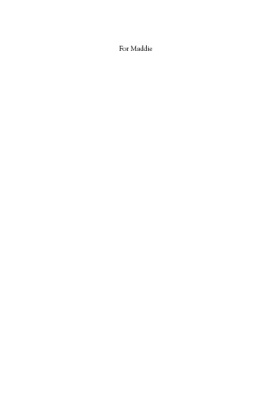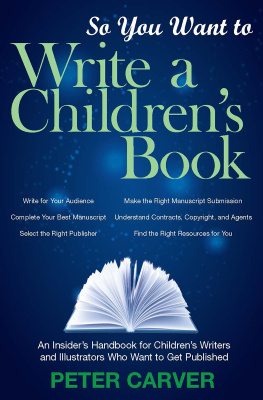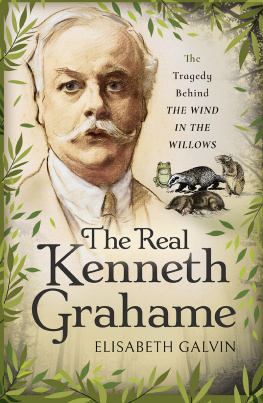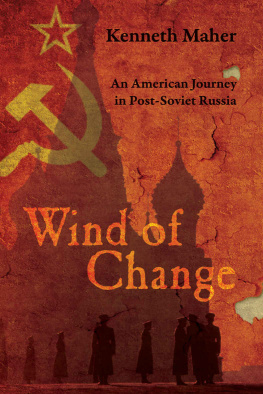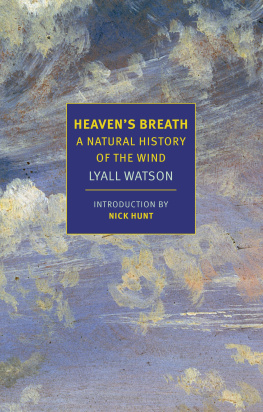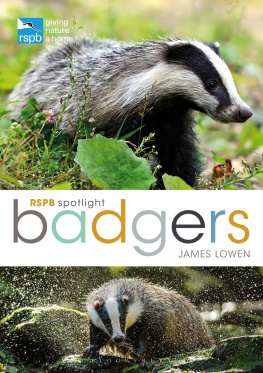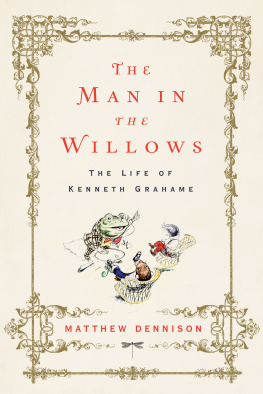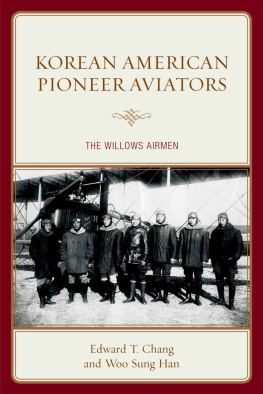
About the Contributors
Deborah Dysart-Gale is a rhetorician of science and technology in the faculty of engineering and computer science, Concordia University, Montreal. Her PhD is from the University of Pittsburgh. Her research focuses on the ways in which childrens books predispose audiences for the persuasive messages of medicine, science, and technology.
Catherine L. Elick is professor and chair of the English department of Bridgewater College in Virginia, where she teaches courses in childrens, British, and modern literature. She has published on the work of twentieth-century writers of childrens fantasy, including articles on C. S. Lewis, P. L. Travers, and Hugh Lofting.
Jennifer Geer is an assistant professor of English at the University of Louisiana at Lafayette, where she teaches childrens literature and Victorian British literature. She has published on Lewis Carroll, Jean Ingelow, and the film Finding Neverland, and is working on a book about nostalgia in Victorian childrens fantasy fiction.
Jackie C. Horne worked as a childrens book editor before returning to academia to earn her PhD at Brandeis University. She has taught gradu-ate and undergraduate courses as an assistant professor at the Center for the Study of Childrens Literature at Simmons College. Her published work has appeared in Childrens Literature Association Quarterly, Childrens Literature, Childrens Literature in Education, and Womens Writing; she is currently working on a book about shifting models of exemplarity in British childrens fiction of the early nineteenth century.
Karen A. Keely earned her PhD from the University of California, Los Angeles, and now teaches English at Dana Hall School in Wellesley, Massachusetts. She usually publishes on American literature and culture but could not resist the lure of writing about one of her favorite novels for this collection.
Shu-Fang Lai is an associate professor at National Sun Yat-Sen University, Taiwan. A Dickensian, she lectures on Victorian literature, the nineteenth-century English novel, and literary translation. Winner of the Liang Shih-Chiu Literary Translation Prize, she was also commissioned to be on the jury for Best Childrens Picture Books and Juvenile Literature of the Year in Taiwan in 2002 and in 2005.
Ymitri Mathison is an associate professor of English at Prairie View A&M University. Her current areas of research are in British childrens literature and postcolonial literature. She has published articles on Hanif Kureishi and nineteenth-century British childrens fiction. She has a book chapter forthcoming on the British missionary project in childrens literature.
Jonathan Mattanah is an associate professor of psychology at Tow-son University. He received his PhD in clinical psychology from the University of California, Berkeley. His research focuses on parent-adolescent relationships and college adjustment. More recently, as a fellow in the Honors College, he has developed a scholarly interest in applying psychological theories to understanding classic works of childrens literature.
David Rudd is professor of childrens literature at the University of Bolton, UK, where he runs the masters program in childrens literature and culture. He has published some 100 articles on childrens literature and related areas. Most recently he has edited the Routledge Companion to Childrens Literature.
Donna R. White teaches young adult literature, linguistics, science fiction and fantasy, and writing at Arkansas Tech University. She is the author of A Century of Welsh Myth in Childrens Literature (1998) and Dancing with Dragons: Ursula K. LeGuin and the Critics (1999), and has also coedited two books: Diana Wynne Jones: An Exciting and Exacting Wisdom (2002) and J. M. Barries Peter Pan In and Out of Time (2006).
Meg Worley is an assistant professor of English at Pomona College, where she teaches courses on Chaucer, graphic novels, and the Bible as literature. Her research focuses on the translation of medieval literature and on translations of the Bible.
Wynn Yarbrough teaches childrens literature, advanced composition, and British literature and culture courses at the University of the District of Columbia. He is the book review editor for Interdisciplinary Humanities and serves as an associate editor for California Arts and Letters Magazine. He has published articles on Rudyard Kipling, Langston Hughes, Kenneth Grahame, and teaching nonfiction composition. He is currently researching jazz poetics in young adult poetry.
Acknowledgments
We would like to thank the Childrens Literature Association, and in particular, Teya Rosenberg and the ChLA Publication Committee, for their support of, and hard work on, this project. We would also like to thank Arkansas Tech University for giving Donna a sabbatical to work on it. Special thanks to Roger Michel, who interrupted a London sojourn to visit the Bodleian and review key Kenneth Grahame cor respondence. Jackie would like to thank the Traymore Street crowd for their years of support, and Susan Bloom and Cathie Mercier, for al lowing her the opportunity to teach The Wind in the Willows and other works of childrens fantasy at the Center for the Study of Childrens Literature at Simmons College.
We have enjoyed working with all our contributors, who responded to our many requests and suggestions with grace and fortitude. Donna especially wants to thank Jackie for doing the lions share of the work, including all the communication with contributors, ChLA, the pub lisher, and other interested parties. Jackie especially wants to thank Donna not only for her sound editorial sense and facility with the ins and outs of MLA citation rules, but most importantly, for her unfailing good humor.
CHAPTER ONE
Deus ex Natura or Nonstick Pan?: Competing Discourses in Kenneth Grahames The Wind in the Willows
David Rudd
Introduction
Since its initial publication, when The Times described it as negligible as a contribution to natural history (qtd. in Green 257), The Wind in the Willows has been regarded as one of the most contradictory texts in childrens literature. It has, in fact, often been the subject of debates as to whether it is a childrens book at all (e.g., Gilead; Robson 143). As is well-known, the novel arose from stories about Toad told to Grahames son, Alastair. But this childs story was then wedded (some would say as uneasily as was Grahame himself) to what is seen as more adult material. The pull between the two can clearly be seen in Grahames vacillation over titles, ranging from Mr. Mole and his Mates to The Wind in the Reeds.
This tension, along with other contestatory elements, helps give the book a hybrid vigor (that is, using hybrid in its original, biological sense of being composed of mixed parts or species) that is personified in Pan, a hybrid figure himself, who manages to hold the book together. This said, the specter of the god having a pipe at the Gates of Dawn does, perhaps, need contextualizing. My notion of hybrid vigor is pursued in slightly different terms by Sarah Gilead, who envisages the book as an excellent case study of what is at the heart of canonical works of childrens literature: a dynamic tension between an idyllic, childhood realm and the adult world that subverts it. For Gilead, the river symbolizes the child-kingdom (151), while the undoing of the childhood idyll occurs in chapter 9 (Wayfarers All), where the impossibility of realizing ones self-indulgent wishfulness (155) becomes clear. According to Gilead, Pan... seems redundant as the river has already demonstrated Grahames mythopoeia (155). But it is problematic to see how Pan can epitomize this childish, pleasurable realm while also standing for its opposite, denigrating adventure in favor of prudence (153). It is perhaps for this reason that Pan hardly features in Gileads analysis, whereas I am arguing that his hybrid vigor, expressing the tensions of the book, is central.

